1. Turning off the Water Supply to Your Bathroom Sink: A Step-by-Step Guide
As a responsible homeowner, it's important to know how to turn off the water supply to your bathroom sink. Whether you're doing some plumbing work or simply need to shut off the water for maintenance, knowing how to properly turn off the supply can save you from potential headaches and water damage. Here are the steps to follow:
2. Locate the Shut Off Valve
The first step is to locate the shut off valve for your bathroom sink. This is typically found under the sink, either on the wall or on the supply line. It may be a lever, a knob, or a handle. If you can't find it, check your basement or utility closet, as these valves may be connected to a larger water supply line.
3. Shut Off the Valve
Once you've located the shut off valve, turn it clockwise to shut off the water supply. If it's a lever or handle, it will be in a perpendicular position when it's shut off. If it's a knob, it will be fully turned to the right. Make sure to turn it all the way to ensure the water is completely shut off.
4. Test the Water Flow
After shutting off the valve, turn on the sink faucet to check if the water flow has stopped. If water is still coming out, you may have a faulty valve or a secondary valve that needs to be shut off. Make sure to locate and shut off all valves connected to the water supply line.
5. Turn Off the Water Supply Valve
If you can't find a shut off valve for your bathroom sink, you may need to turn off the main water supply valve for your home. This is usually located near your water meter or in your basement. It's important to know where this valve is in case of emergencies or major plumbing repairs.
6. Prevent Water Damage
Turning off the water supply to your bathroom sink is not only important for plumbing work, but it's also crucial for preventing water damage. If you have a leaky faucet or a burst pipe, shutting off the water supply can prevent further damage and costly repairs. It's always better to be safe than sorry.
7. Learn About Your Bathroom Plumbing
If you're not familiar with the plumbing in your home, now is a good time to learn about it. Knowing where your shut off valves are and how to properly turn them off can save you time and money in the long run. Take the time to familiarize yourself with your bathroom plumbing and make sure to keep it well-maintained.
8. Regularly Check Your Shut Off Valves
It's important to regularly check your shut off valves to make sure they are working properly. Over time, valves can become stuck or corroded, making them difficult to turn off. If you notice any issues, make sure to have them fixed or replaced by a professional plumber.
9. Keep Your Water Supply Clean
When turning off the water supply to your bathroom sink, make sure to clean the area around the shut off valve before and after. This will prevent any dirt or debris from getting into the valve and causing problems. A clean valve is a functioning valve.
10. Conclusion: Take Control of Your Water Supply
Knowing how to turn off the water supply to your bathroom sink is an important skill for any homeowner. It can save you from potential water damage, prevent costly repairs, and give you peace of mind. Take the time to locate and familiarize yourself with your shut off valves, and make sure to regularly check and maintain them for a properly functioning water supply in your bathroom.
Why Turning off Water Supply to Bathroom Sink is Important in House Design

Maximizing Efficiency and Saving Water
 When it comes to designing a house, every detail matters. From the layout to the color scheme, each element plays a role in creating a functional and aesthetically pleasing space. One aspect that is often overlooked is the water supply to the bathroom sink. While it may seem like a small detail, turning off the water supply to the bathroom sink is actually an important factor in house design.
Maximizing efficiency
is a key goal in house design. By turning off the water supply to the bathroom sink, you can ensure that water is only being used when necessary. This not only helps conserve water, but also reduces water bills. Constantly running water, even at a low flow, can add up over time. By turning off the water supply, you can
save water and money
in the long run.
In addition to efficiency, turning off the water supply to the bathroom sink also helps with
maintaining a clean and organized space
. When the water supply is left on, there is a higher chance of accidental spills and leaks. This can lead to water damage and create a messy and unsafe environment. By turning off the water supply, you can prevent potential accidents and keep your bathroom clean and clutter-free.
When it comes to designing a house, every detail matters. From the layout to the color scheme, each element plays a role in creating a functional and aesthetically pleasing space. One aspect that is often overlooked is the water supply to the bathroom sink. While it may seem like a small detail, turning off the water supply to the bathroom sink is actually an important factor in house design.
Maximizing efficiency
is a key goal in house design. By turning off the water supply to the bathroom sink, you can ensure that water is only being used when necessary. This not only helps conserve water, but also reduces water bills. Constantly running water, even at a low flow, can add up over time. By turning off the water supply, you can
save water and money
in the long run.
In addition to efficiency, turning off the water supply to the bathroom sink also helps with
maintaining a clean and organized space
. When the water supply is left on, there is a higher chance of accidental spills and leaks. This can lead to water damage and create a messy and unsafe environment. By turning off the water supply, you can prevent potential accidents and keep your bathroom clean and clutter-free.
Preventing Water Wastage
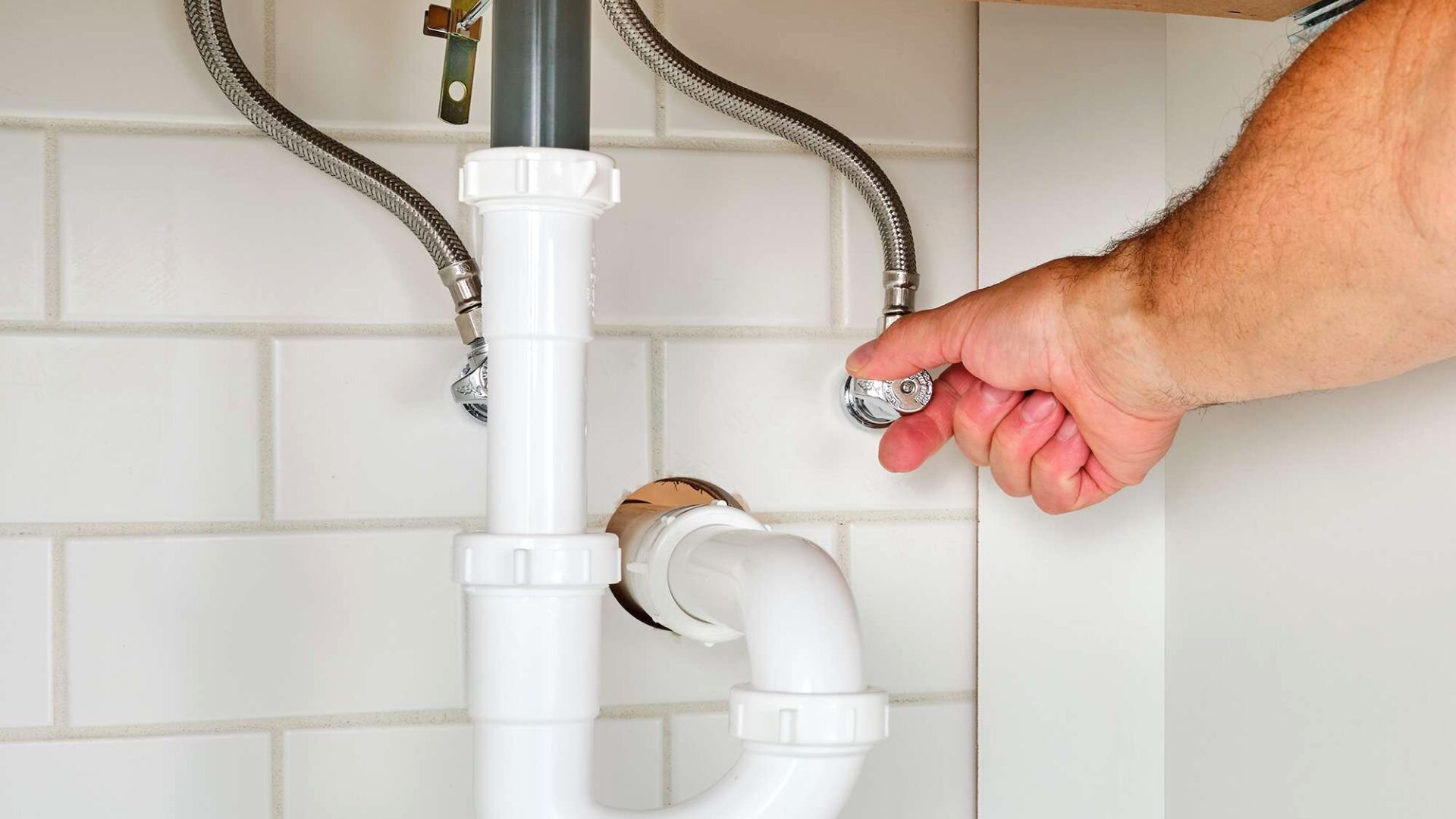 Another important reason to turn off the water supply to the bathroom sink is to
prevent water wastage
. According to the EPA, household leaks can waste more than 1 trillion gallons of water annually in the United States alone. By turning off the water supply when not in use, you can help reduce this number and do your part in
conserving our planet's most precious resource
.
Moreover, turning off the water supply to the bathroom sink can also help
prevent potential water damage and costly repairs
. Constantly running water can put pressure on pipes and fixtures, leading to leaks and potential water damage. By turning off the water supply, you can
extend the lifespan of your plumbing system
and avoid costly repairs in the future.
In conclusion, turning off the water supply to the bathroom sink may seem like a small and insignificant detail in house design, but it actually plays a crucial role in maximizing efficiency, saving water, preventing water wastage, and maintaining a clean and organized space. So the next time you're designing a house or simply using the bathroom, remember to turn off the water supply to the sink. Your wallet, the environment, and your plumbing system will thank you.
Another important reason to turn off the water supply to the bathroom sink is to
prevent water wastage
. According to the EPA, household leaks can waste more than 1 trillion gallons of water annually in the United States alone. By turning off the water supply when not in use, you can help reduce this number and do your part in
conserving our planet's most precious resource
.
Moreover, turning off the water supply to the bathroom sink can also help
prevent potential water damage and costly repairs
. Constantly running water can put pressure on pipes and fixtures, leading to leaks and potential water damage. By turning off the water supply, you can
extend the lifespan of your plumbing system
and avoid costly repairs in the future.
In conclusion, turning off the water supply to the bathroom sink may seem like a small and insignificant detail in house design, but it actually plays a crucial role in maximizing efficiency, saving water, preventing water wastage, and maintaining a clean and organized space. So the next time you're designing a house or simply using the bathroom, remember to turn off the water supply to the sink. Your wallet, the environment, and your plumbing system will thank you.











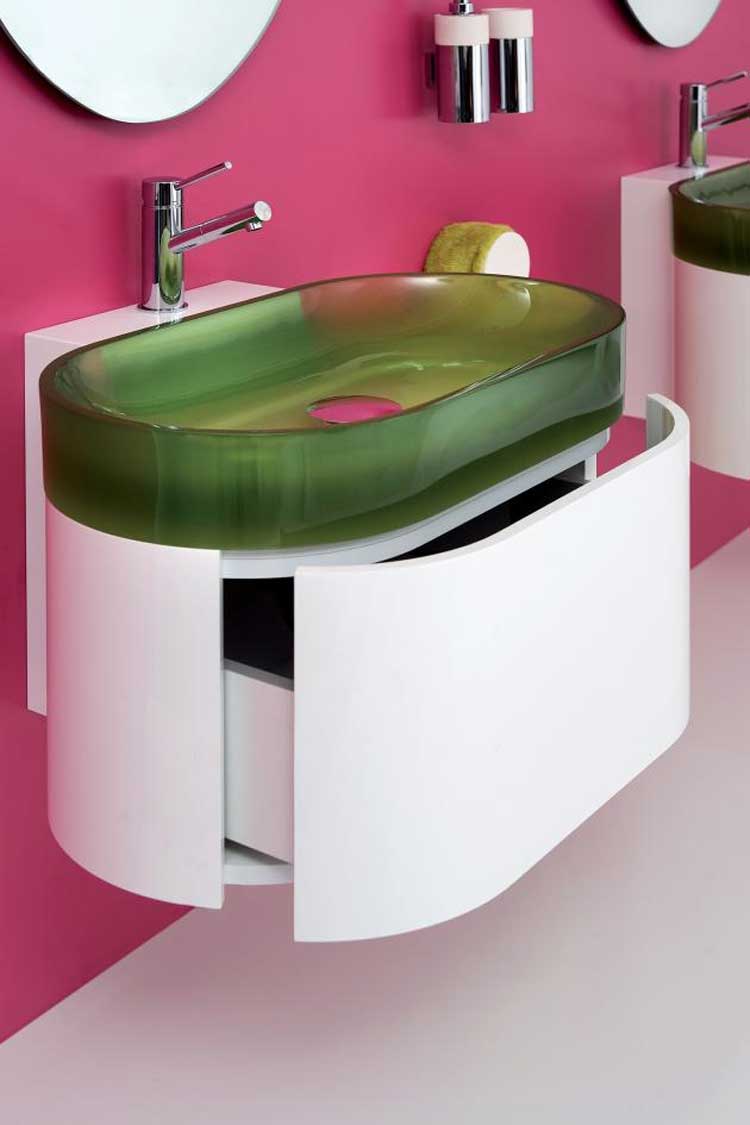










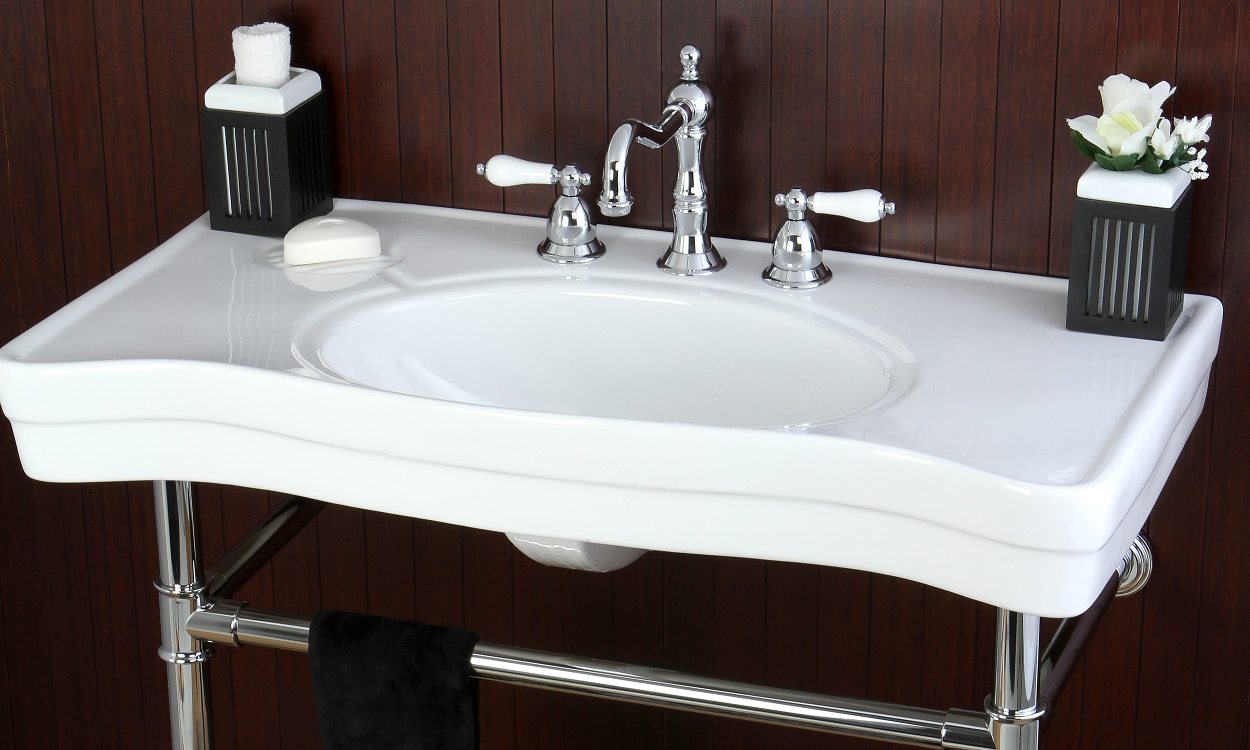








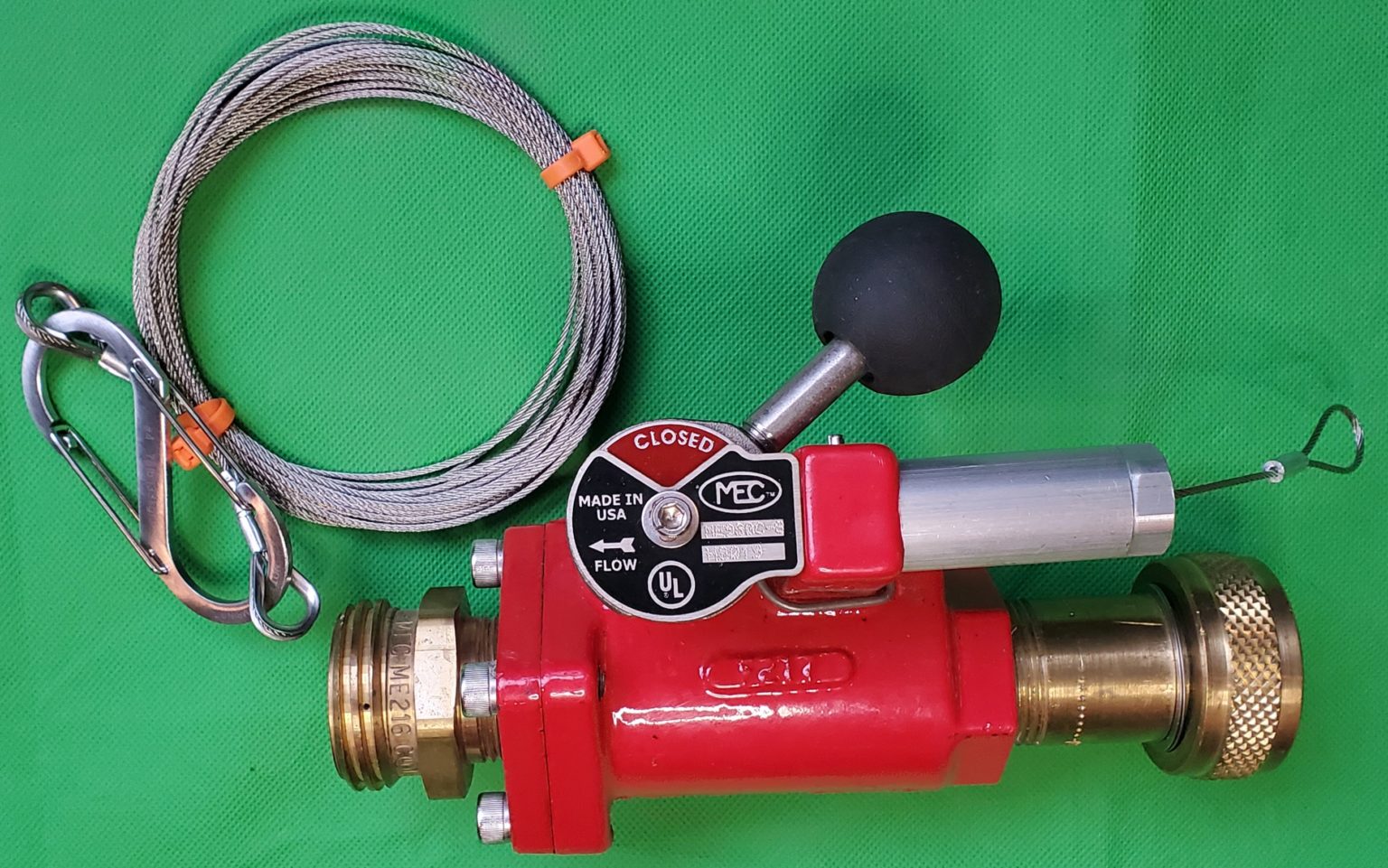






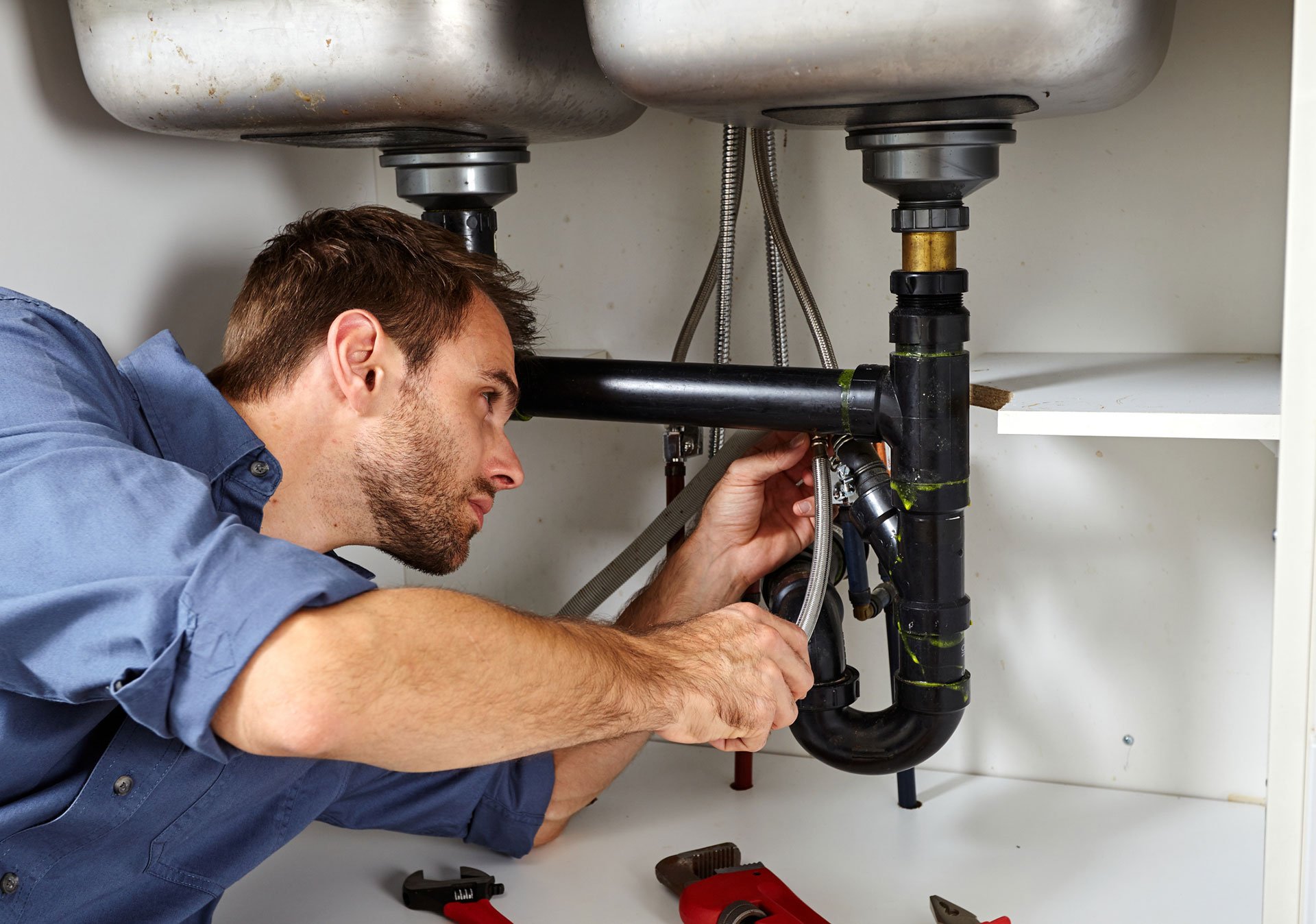
/GettyImages-98064882-5a3684ef4e46ba003693c061.jpg)
/Plastic-Plumbing-Pipe-183508152-58a47c925f9b58819c9c8ac6.jpg)













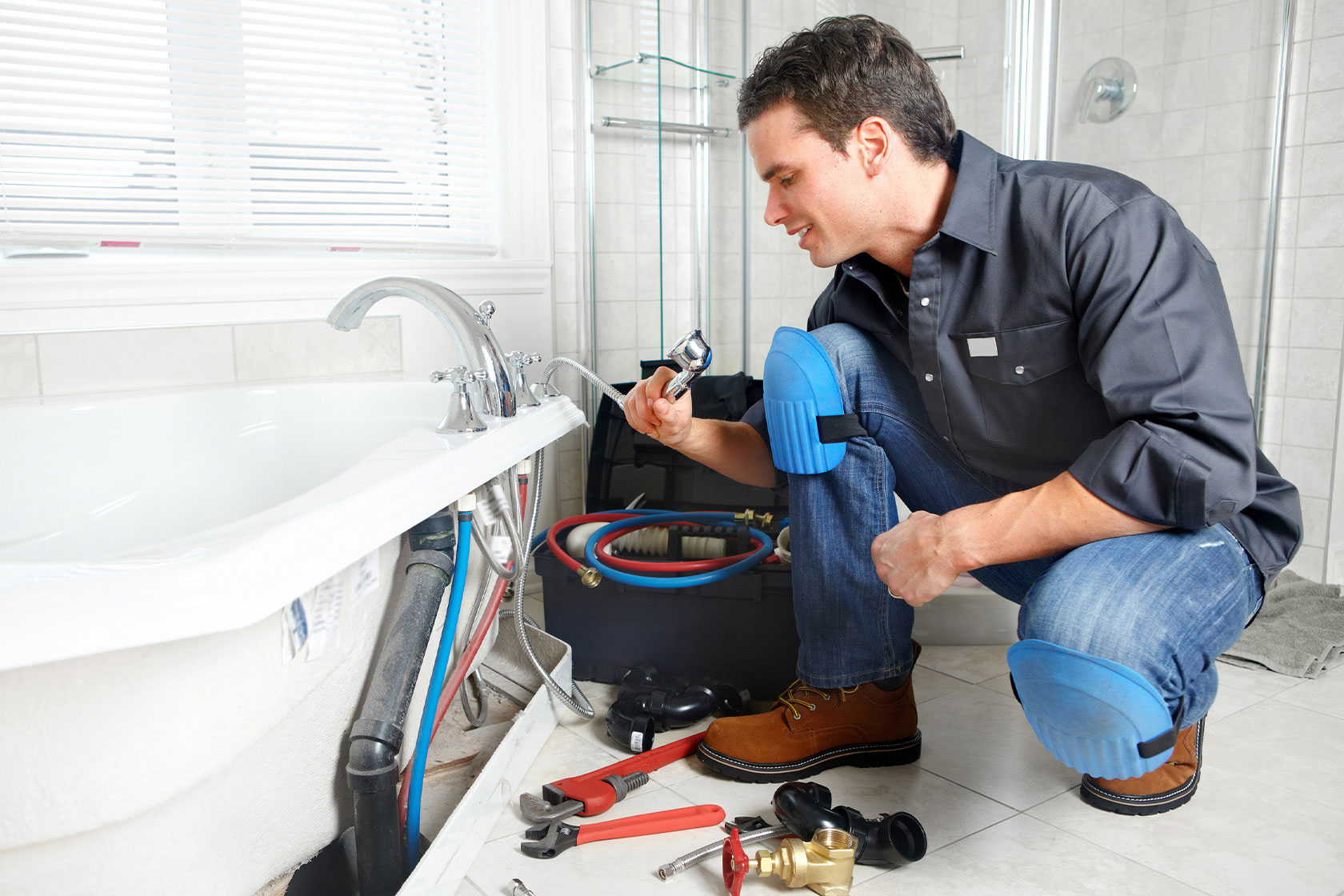













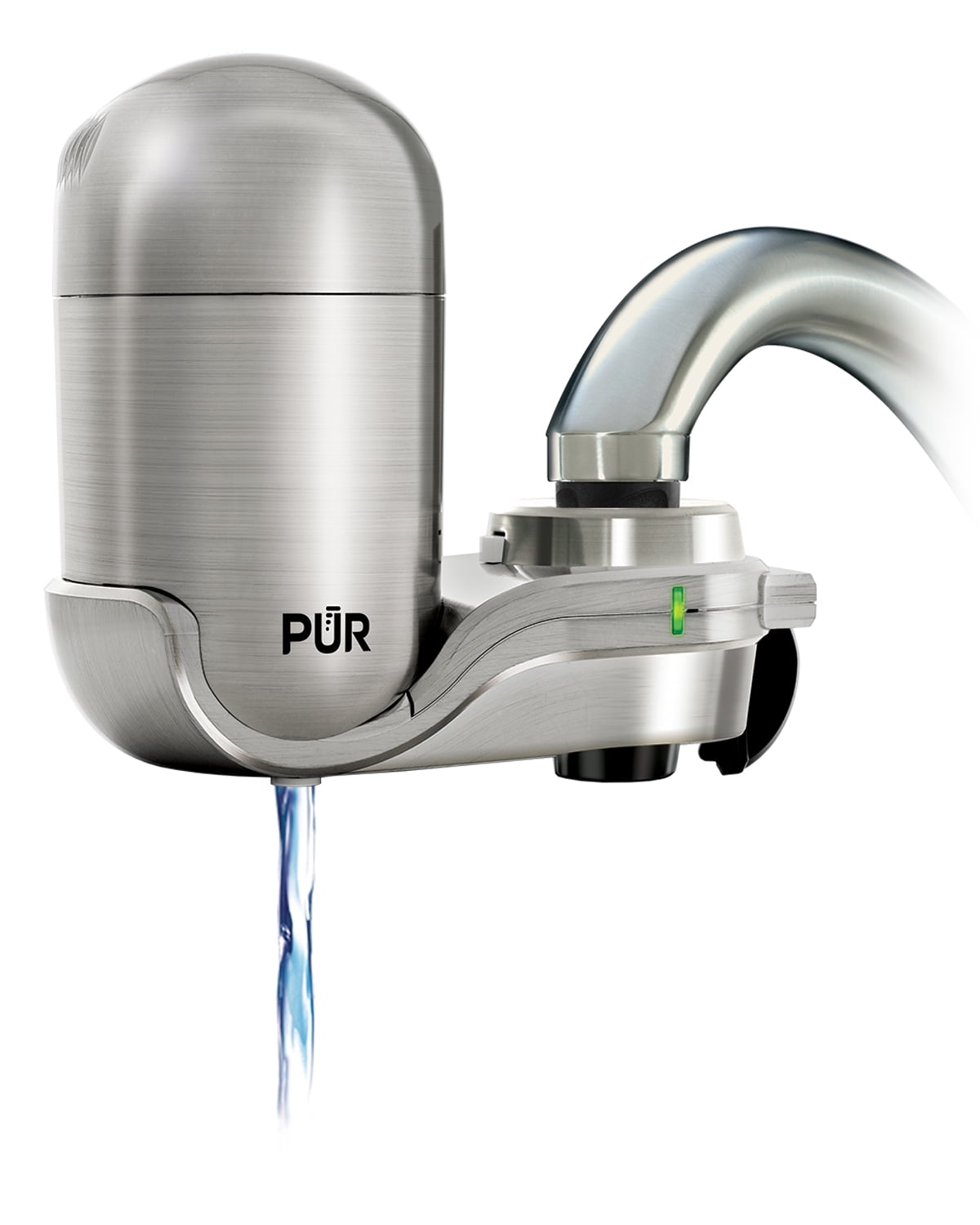

















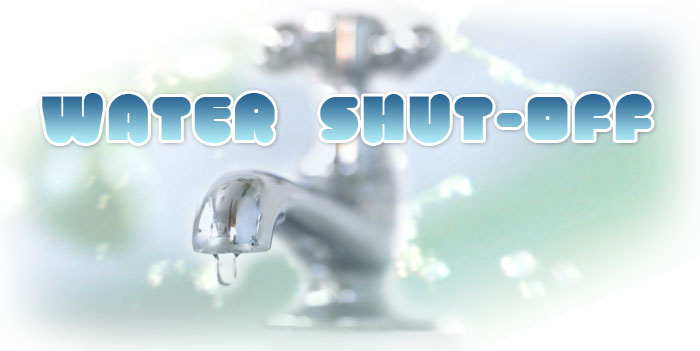
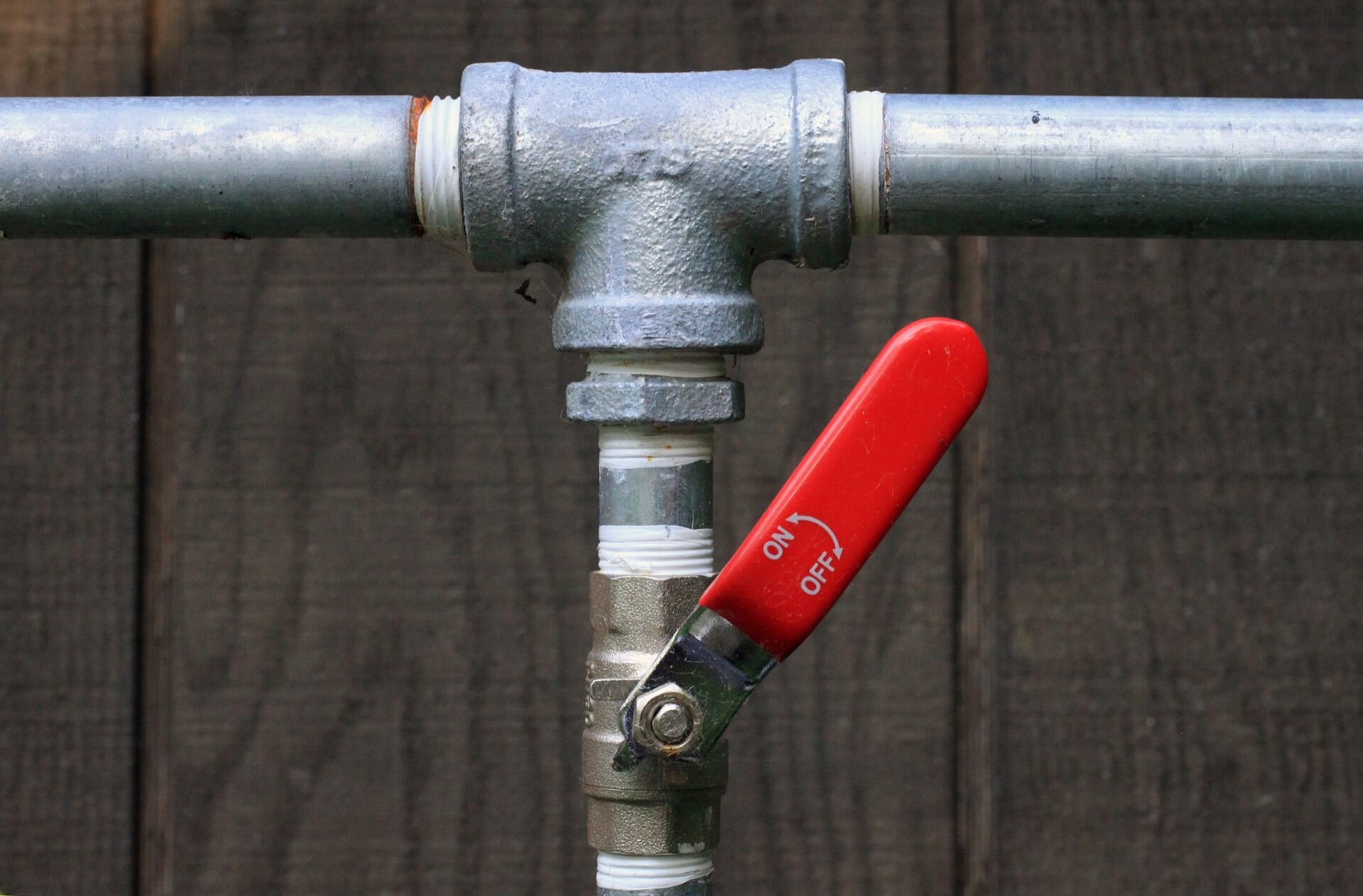












:max_bytes(150000):strip_icc()/GettyImages-1057621140-78ab2e946841421d9a7efeebe02935d2.jpg)
:max_bytes(150000):strip_icc()/GettyImages-106572292-3658474337224eda8721faead4f91390.jpg)


/human-hand-turn-off-shut-off-valve-home-water-supply--825171248-f1141ec757064532ac5aafd93efbf189.jpg)







